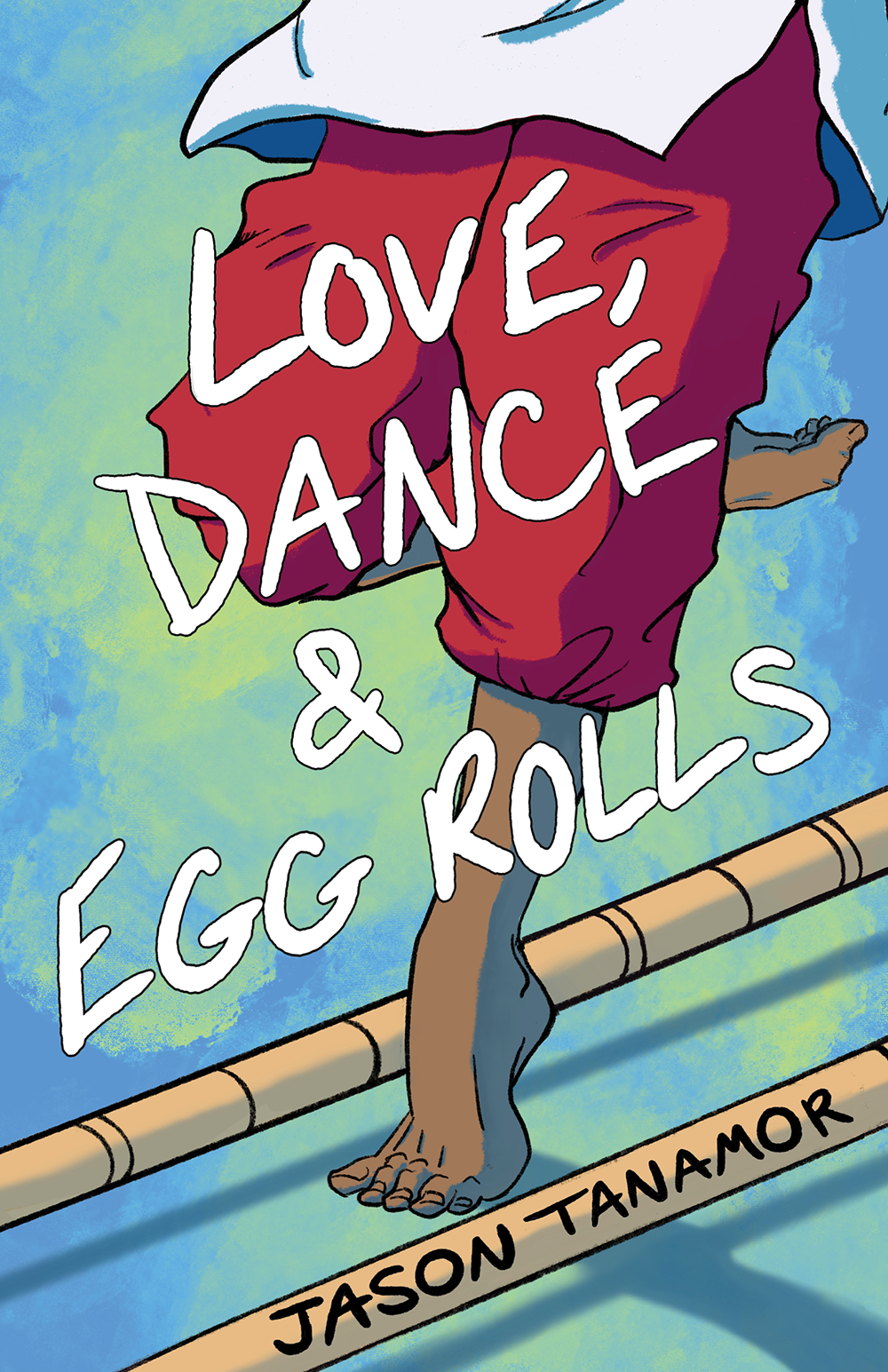We finally made it out of blurb season. Over the course of two months, we asked around thirty authors to write a blurb for Love, Dance & Egg Rolls. We received around ten responses, and out of those ten, five said yes. If this process taught our project team anything, it is that asking authors to say nice things about your book truly is an art.
First and foremost, we asked very nicely, and we stroked the ego because praise goes a long way in getting responses. Doing this meant that our research needed to be spot-on so that we picked authors who would be passionate about our book. Data from our comp titles helped us in this regard. We looked at many Asian-American and Filipino authors who were writing similar themes and situations, but our book is also an Own Voices YA, so we needed to reach out to authors writing in the same genre and, preferably, writing Filipino diaspora stories. When deciding which authors to request a blurb from, we also looked at their social media following, the number of books they had published, and how much coverage the author received. The key was to find that sweet spot where the person we were trying to contact was either on the same level as our author or slightly higher.
Finding authors was just the beginning, and we discovered that contacting them was an entirely different beast. We were most concerned about our emails triggering spam filters—a blurb request utterly fails if it’s impossible to establish initial contact. This was the case with a few requests, and on more than one occasion our author had to nudge his contacts to look in their spam folders. But through this experience we learned a lot about the art of email; for example, not to use all caps in any subject lines ever and to avoid special characters entirely. We also learned to never attach things on first contact because spam filters tend to flag attachments. Here’s another neat trick: if you want a cover in an email, the best way to show off a cover is to embed it in your signature line. Also, there are many words that trigger spam filters. These words can be easily Googled, and while I think not all of them are a problem, you should definitely think twice about putting words like “request” or “press” in subject lines. That is why it is always best to use contact forms, as they will ensure requests are seen 100 percent of the time.
Out of all the responses we received, most were rejections—albeit really nice rejections. Agents apologized by letting us know that their authors were either too busy or on deadlines, and they almost always wished us luck on our launch. Agents are sometimes the best people to contact simply because they are always looking out for their authors. Authors themselves tend to listen to what their agents have to say, and agents tend to be more responsive to emails. But we also had issues finding accurate contact information. Authors don’t always list their agent’s email, and sometimes they note specific reasons for when to contact their agent and/or publicist. In really extreme cases when there was no contact form or author/agent/publicist email, we resorted to DMing them on social media.
Then came our biggest hurdle: Edelweiss Plus, our preferred digital review copy (DRC) request platform. Authors didn’t respond well to being asked to create a free account on this platform, and this extra step was just another reason for them to say no. Review request programs like NetGalley, GalleyTracker, and Edelweiss are useful for industry professionals to request a review copy, but they are often a hassle for authors. We received more positive responses when we attached PDFs to our emails. But of course, there are always copyright risks when doing it this way.
We learned a lot from the blurb request process, most notably that earlier is better. The more time we give the author to make a decision, read the manuscript, and write the blurb, the more they are willing to do it. Blurb requests need to be ready to send out as soon as the digital review copy is ready. Deadlines and pressures are almost always a factor in getting yeses, and it’s best to eliminate all the reasons why they might say no.


zidane
very clear and good article easy to understand. Thank you
zidane
very clear and good article easy to understand. Thank you